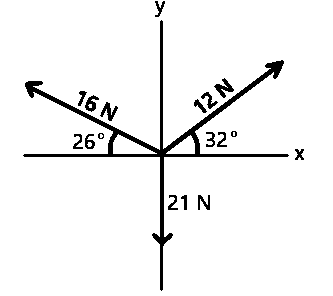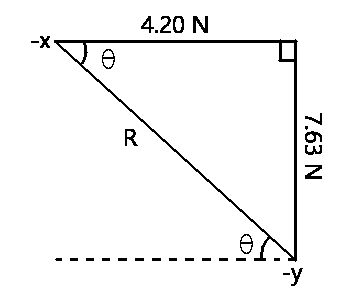
Physics Questions and Answers
If you want to learn more about the nature and properties of matter and energy or you're simply preparing for a Physics exam, these Physics past questions and answers are ideal for you.

If you want to learn more about the nature and properties of matter and energy or you're simply preparing for a Physics exam, these Physics past questions and answers are ideal for you.
the principle of the reversibility of light
the principle of the rectilinear propagation of light
Huygen’s principle
the principle of total internal reflection of light
Correct answer is B
The pinhole camera works on the principle of the rectilinear propagation of light. This principle states that light travels in straight lines. When light passes through the tiny hole in a pinhole camera, it forms an inverted image on the opposite side of the camera. The size of the image depends on the distance between the object and the pinhole
(i) and (iii) only
(i), (ii) and (iv) only
(i) and (iv) only
(ii) and (iii) only
Correct answer is D
The S.I unit of heat capacity is JK-1 and it is an extensive property as it depends on the amount of substance present.
Therefore, (i) and (iv) only are not true
2 diopters
2.5 diopters
0.5 diopters
3 diopters
Correct answer is A
The patient cannot see clearly an object closer than 50 cm
Therefore, the patient needs a lens that would enable him see clearly, objects placed 25 cm from the lens
So, we take the object to a distance of 25 cm from the lens so that the image forms at 50 cm in front of the lens
u=25cm ;v=-50cm (virtual image); p=
\(\frac{1}{f}\)=\(\frac{1}{u}\) + \(\frac{1}{v}\)
⇒\(\frac{1}{f}\) =\(\frac{1}{50}\)
⇒\(\frac{1}{f}\) = \(\frac{1}{25}\)-\(\frac{1}{50}\)
⇒\(\frac{1}{f}\) = f = 50cm =0.5m
⇒\(\frac{1}{f}\) = \(\frac{2-1}{50}\)
p = \(\frac{1}{f}\)
p = \(\frac{1}{0.5}\)
p = 2 diopters
; The patient needs a converging lens with a power of 2 diopters
3
42
5
2
Correct answer is C
A=0.8m; f=16Hz; v=20 \(ms^-1\); k=?
v = fλ
λ =1.25m
= k= \(\frac{2π}{λ}\) =\(\frac{2 × 3.142}{1.25}\)
k= 5m ( to 1 s.f)

7.63N,61°
8.71N,61°
7.63N,29°
8.71N,29°
Correct answer is B

Fx= 12cos32°-16cos26° = -4.20N (right is taken +ve and left is taken -ve)
Fy=12sin32°+16sin26°-21 = -7.63N (up is taken +ve and down is taken -ve)
\(R^2\)= 4.202+7.632
⇒\(R^2\) = 75.86
⇒ R=√75.86
∴R = 8.71 N
tan θ=\(\frac{opp}{adj}\)
⇒tan θ=\(\frac{7.63}{4.20}\)
⇒tan θ =1.8095
⇒ θ = \(tan^-1\) (1.8095)
θ = 61°
∴The angle of the resultant force with the x-axis is 61°